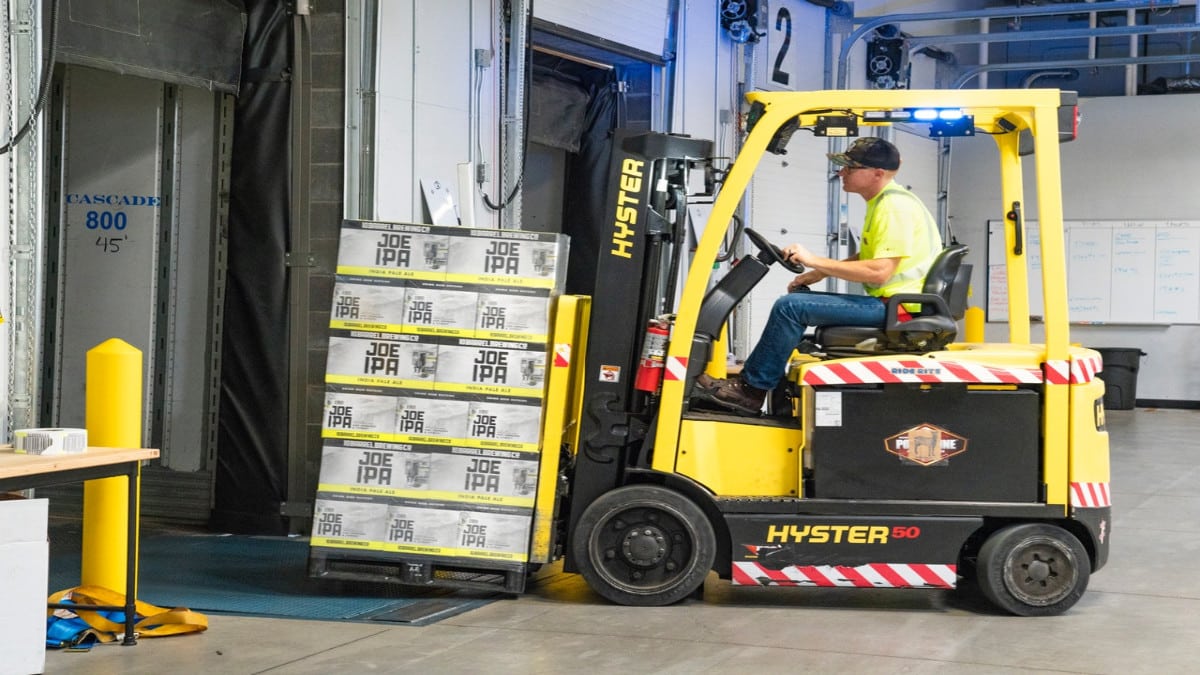Physical asset management is similar to inventory management, but the big difference is inventory management is about the physical goods that are in the warehouse or sold, while asset management is about the equipment and machinery used to make the product or service.
Some factories and manufacturing locations choose to manage assets by manually recording each element and then transferring the information onto the computer, usually using an excel file. And though this seems like an easy option, since it costs little to no money, it often results insignificant error and miscalculation.
Furthermore, recording the location of an asset or its given serial number does not take into account its maintenance schedule, who was last using the equipment, and whether it was moved. On average businesses lose up to $437,000 annually as a result of lost or misplaced assets.
Here are five things to consider when choosing the right asset management solution for you:
1. What do you need to track?
Keep in mind that it is important to know the maintenance schedule, equipment uptime and downtime and the user on each machine. By integrating an asset management system into the warehouse or factory’s daily routine companies can increase the availability of production equipment and reduce the overall costs through better services and maintenance programs.
2. Why is it necessary to track maintenance schedules and machinery downtime?
Machinery and equipment should be in good working order, and it’s crucial to know if those machines are running at maximum capacity with an uptime of 99.9 percent. If a business is collecting revenue, it must actively ensure machines are fixed and kept in good working order in terms of repair and warranties. This is especially true if a business is in the world of production or delivery. The more downtime equals lost revenue and time.
3. What are the benefits?
Forget the ease of operation of most physical asset management systems, the real return on investment occurs with time and money saved. Not only will proper tracking save a business money in regards to not over-stocking, understanding repair schedules and full knowledge of each asset’s location; it also saves significant time that manual tracking monopolizes, freeing up those employees to take care of other needs. Periodic reviewing and preventative maintenance of machinery in a factory of 500 employees or more saves an average of five hours a week, equating to $1 million saved annually.
4. How hard will it be to implement?
This will vary according to which solution is chosen. But some physical asset management solution companies offer software that is compatible across multiple programming languages making it easy to link up to multiple computers. It is often the case that the software is user friendly, and if wireless solutions are chosen, can be used anywhere while transferring information to one central hub for all users to locate.
5. What are the types of solutions?
Using a rugged mobile computer connected to your computer-managed maintenance system (CMMS) can help reduce asset downtime and improve technician productivity. Manage work orders, access inventory for spares or parts in real-time as well as ensure the proper and timely scheduling and maintenance for your assets. Increase asset and labor utilization while capturing critical data for reporting requirements.
Track assets and tools more efficiently leveraging bar code or RFID technology to reduce costs and increase productivity. Capture information about your assets and tools regardless of where they move and when they move. Check-in and check-out processes are automated when your workers are armed with a mobile computer, barcode scanner or an RFID reader and best of all — you have an accurate record of your inventory so you can ensure your tools and assets are available when and where you need them.
Long Form Articles
Reduce School Loss with Asset Tracking Software
Enhanced Learning: The Benefits of School Tablet PC Programs
Checking In & Out: Tools and Equipment
Using QR Codes to Track Equipment Maintenance
Improving School Inventory Management
How to Choose the Best Inventory Management Software for your Business
Other Resources



